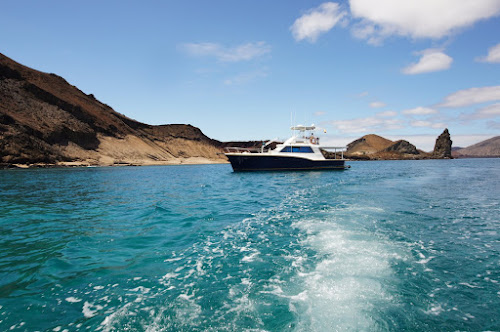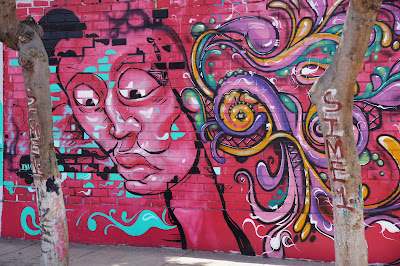During our stay in Lima we visited Museo Larco. It was a very positive experience, interesting and fascinating to see arts, ceramic, clothing and ceremonial artefacts.
It was founded 1926 by Rafael Larco Hoyle (1901-1966). In 1933 he bought two large private collections, one of over 3,000 pieces from Mr. Carranza in Trujillo, and the other with 8,000 pieces of pottery and textiles from Carlos Roa. During his years of collecting objects from various sources (maybe illegal ones too) he ended up in a collection of around 45,000 pieces. Not all are in the exhibition but the collection "storage" are available to public.





 Grumpy sea lion on the pier. He was very unwillingly to move. When we tried to take a picture close to him, he with angry bark showed that we was too close and he was very reluctant to move from his place. As in all cases of sea lion "in the way" we walk around him.
Grumpy sea lion on the pier. He was very unwillingly to move. When we tried to take a picture close to him, he with angry bark showed that we was too close and he was very reluctant to move from his place. As in all cases of sea lion "in the way" we walk around him.













































